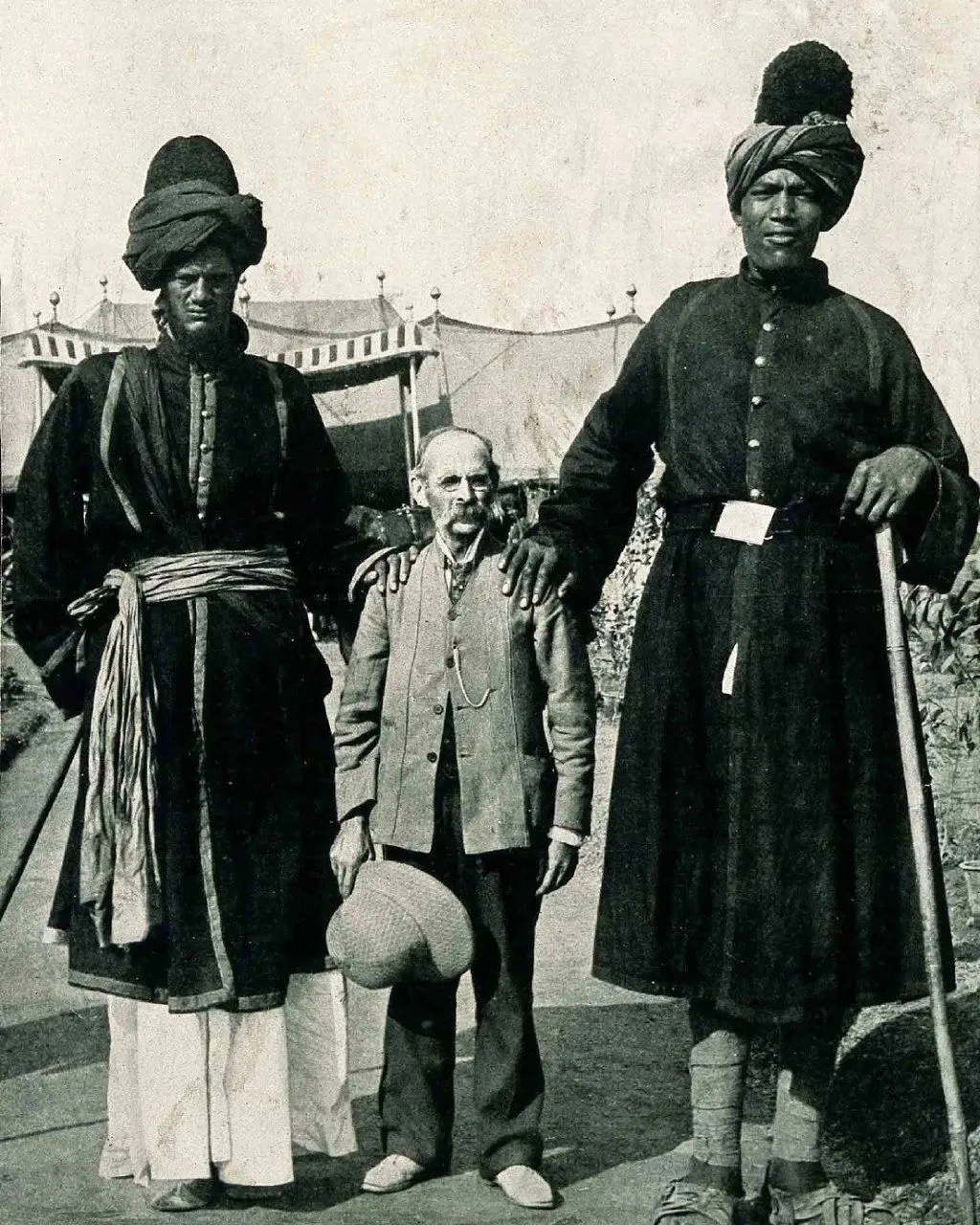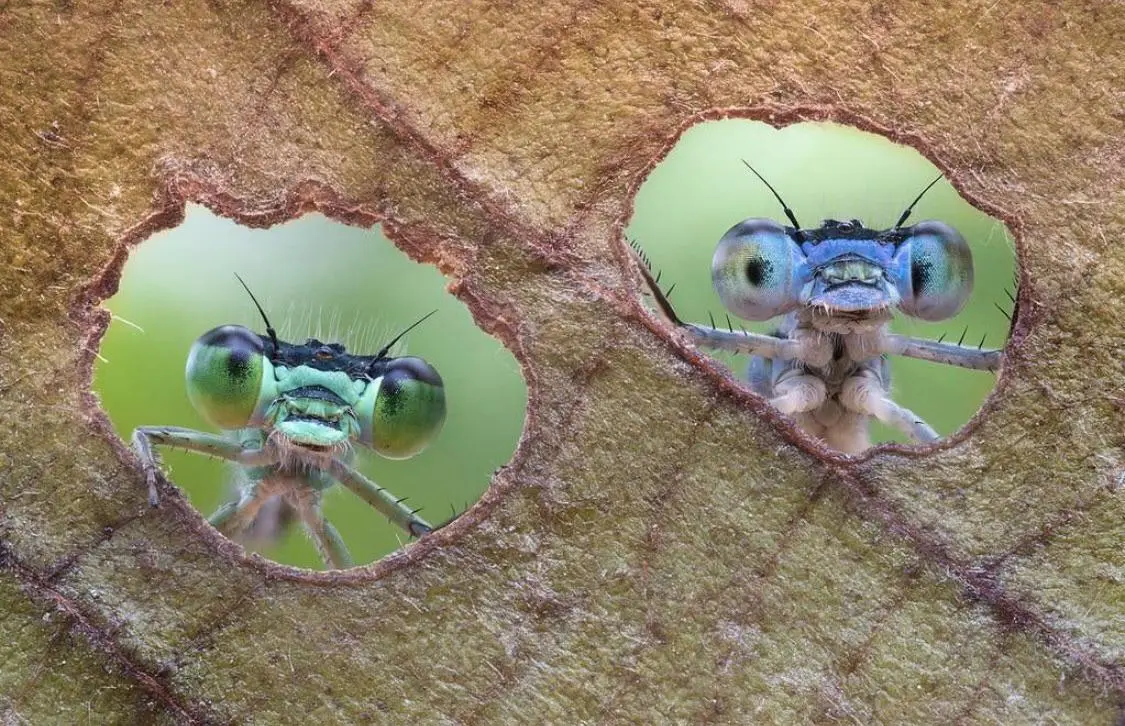
-
Roman hematite "magic" gem


The artifact is part of a private collection; it's 3 cm long, and it's dated 3rd century AD.
In ancient Rome, magic gems were used as protective amulets and harbingers of good fortune.
The obverse of this gem depicts the cock-headed Anguipes in armor. The reverse shows a mummiform figure with a snake encircling its body.
The inscriptions, a mixture of Latin, Greek and other languages on both sides are typical of magic gems, in that only a few can be recognized as words with semantic meaning (such as seµesea on the front, meaning “eternal sun”). The inscriptions are so called voces mysticae, invocations and secret names, which would only be understood by the spirits themselves who are being invoked.
-
Orache moth (Trachea atriplicis)

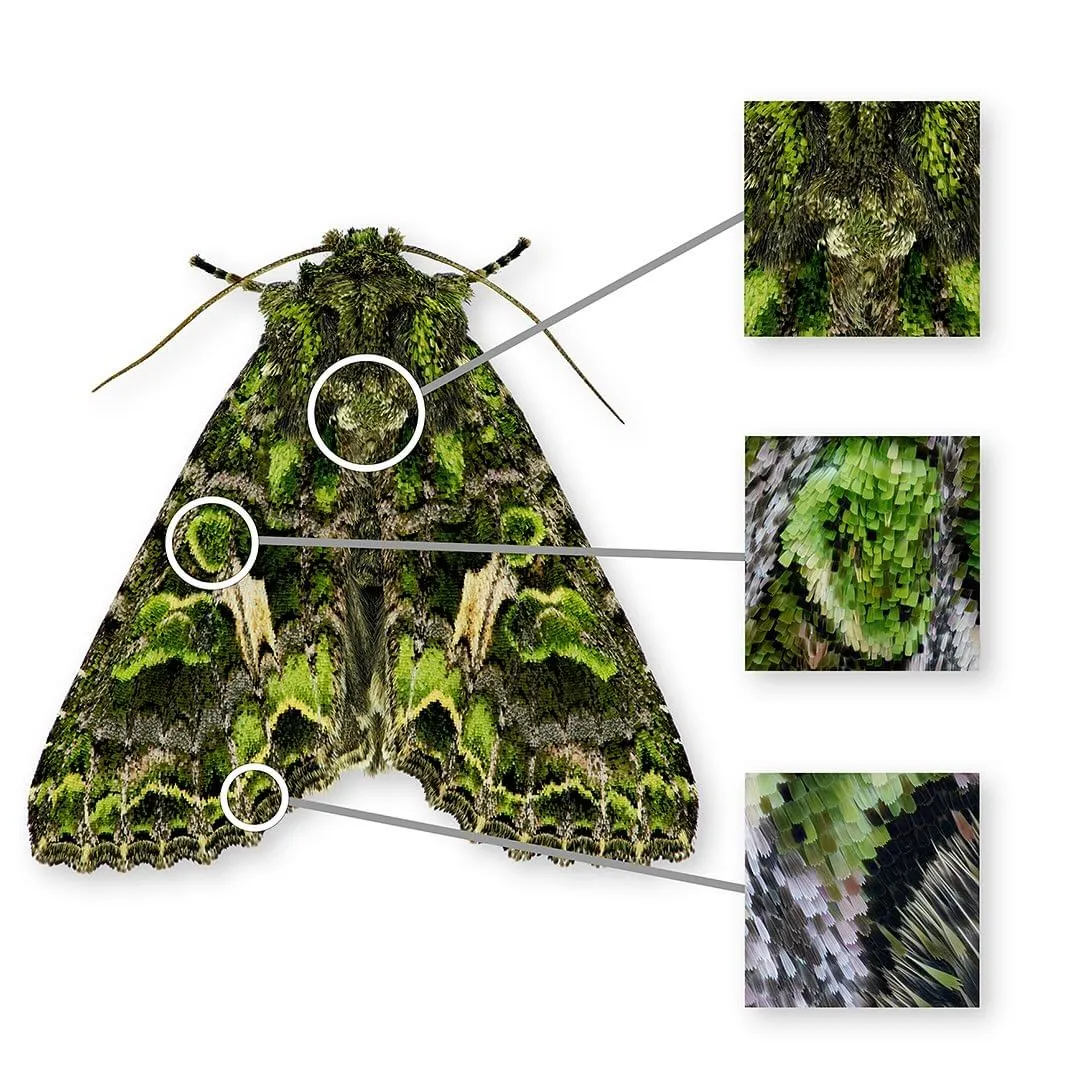
The Orache Moth (Trachea atriplicis) is a species of moth of the family Noctuidae. It is found in all of Europe, east across the Palearctic to the Pacific Ocean and Japan.
The wingspan is 38–42 mm. The length of the forewings is 20–22 mm.
The moth flies from May to October depending on the location.
The larvae feed on herbaceous plants, such as Atriplex, Polygonum aviculare, Chenopodium and Rumex.
-
The exceptional lenght of sun bears tongue


A sun bear, highlighting its exceptionally long tongue, which can extend up to 25 cm (10 inches). This adaptation is particularly suited for foraging insects such as termites, ants, and beetle larvae from their nests.
The image also comments on the bear's somewhat human-like facial expression, which may be due to its unique facial musculature and expressive eyes, often leading to anthropomorphic interpretations of its appearance.
-
Meet the Galaxy Frog


The Galaxy Frog (Melanobatrachus indicus) is an incredibly rare Malabar frog and it's one of the most stunning jewels in India’s Western Ghats.
photographer: Hadlee Renjith
-
Majestic baobabs


Baobab trees grow in 32 African countries. They can live for up to 5,000 years, reach up to 30 metres high and up to an enormous 50 metres in circumference.
Baobab trees can provide shelter, food and water for animals and humans, which is why many savannah communities have made their homes near Baobab trees.
-
Roman d20 was a thing


Roman rock-crystal icosahedron (20-sided dice) used in fortune-telling. Each face has a Latin letter on it and a corresponding Roman numeral.
Such polyhedral dice were thrown to obtain a number, which was then matched with pre-prepared oracle answers in a divination handbook.
-
Origin of the modern flushable toilet


The first modern flushable toilet was invented in 1596 by Sir John Harrington who installed one for his godmother, Elizabeth I.
Occasionally, some brave knights would conduct sneak attacks by entering the castle via the shaft connected to the garderobe. Throughout history, there have been a number of famous people who died on the toilet. Several of them were stabbed from below while in the process of defecating.
These people include King Edmund II of England (30 November 1016), Jaromír Duke of Bohemia (4 November 1035), Godfrey IV Duke of Lower Lorraine (circa. 26-27 February 1076), Wenceslaus III of Bohemia (4 August 1306) and Uesugi Kenshin (19 April 1578).
-
2,000-year-old skull of a Peruvian warrior found to be fused together by metal


Experts from a US museum believe it could be one of the oldest examples of advanced surgery. The Museum of Osteology in Oklahoma said the skull is reported to have been that of a man who was injured in battle before undergoing surgery to implant a piece of metal in his head to repair a fracture.
-
A Roman “hologram” effect ring found in the grave of 1st century AD noblewoman, Aebutia Quarta.

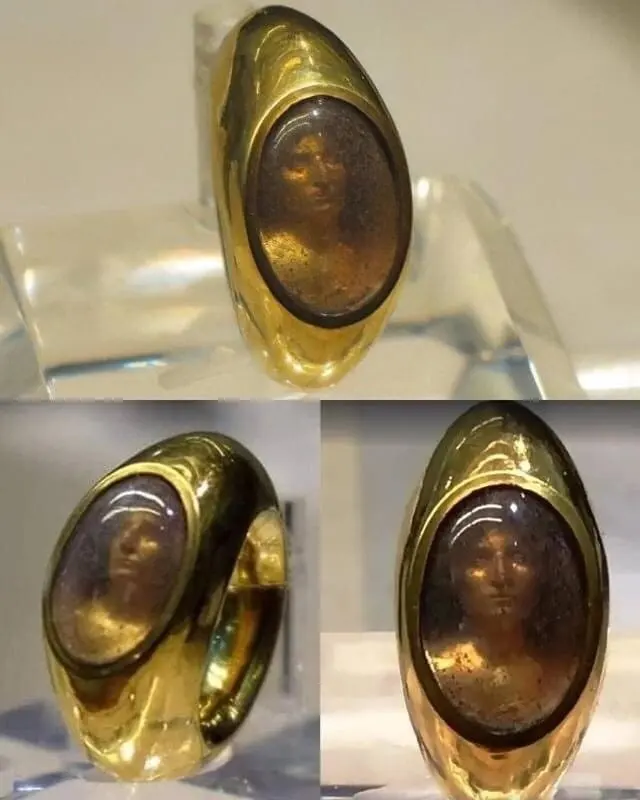
The ring is thought to depict her son, Titus Carvilius Gemello, who passed away at age of 18. Found at the Grottaferrata necropolis close to Rome.
-
A Triceratops femur (left) compared to that of an African elephant (right)


Bearing a large bony frill, three horns on the skull, and a large, four-legged body, exhibiting convergent evolution with bovines and rhinoceroses, Triceratops is one of the most recognizable of all dinosaurs and the best-known ceratopsian. It was also one of the largest, up to 8–9 metres (26–30 ft) long and 5–9 metric tons (5.5–9.9 short tons) in body mass.
It shared the landscape with and was most likely preyed upon by Tyrannosaurus, though it is less certain that two adults would battle in the fanciful manner often depicted in museum displays and popular media.
The functions of the frills and three distinctive facial horns on its head have inspired countless debates. Traditionally, these have been viewed as defensive weapons against predators. More recent interpretations find it probable that these features were primarily used in species identification, courtship, and dominance display, much like the antlers and horns of modern ungulates.
-
Saiga antelops look otherworldly


[!eb2ca00f013b46c887f1be62cd4c9ab4.jpg](https://postimg.cc/2VSM3HxP)
During late autumn, Central Asia’s saiga antelopes adapt to plunging temperatures. Their summer fur turns into a woolly, white or pale coat, insulating against the cold and camouflaging them in snowy landscapes.
This transformation helps protect them from predators across their habitats in countries like Kazakhstan, Russia, and Mongolia. As spring arrives, they shed this coat, returning to their lighter summer fur.
📸 Klaus Nigge, Tim Flach, Pavel Sorokin, Karenina, and Gilev Additional credit goes to: rawrszn
-
Hundreds of elongated skulls found in Perù


One of the hundreds of elongated skulls that were discovered in 1928 at Paracas Peninsula in Peru. Cranial deformation was practiced by the Paracas civilization (800-100 BCE) by tightly wrapping the head in cloth, during the first few years of life, in order to elongate the cranium
-
The astonishing beauty of the Sun
Video
Click to view this content.
Our Sun is a 4.5 billion-year-old yellow dwarf star – a hot glowing ball of hydrogen and helium – at the center of our solar system. It’s about 93 million miles (150 million kilometers) from Earth and it’s our solar system’s only star. Without the Sun’s energy, life as we know it could not exist on our home planet.
The Sun formed in a giant, spinning cloud of gas and dust called the solar nebula. As the nebula collapsed under its own gravity, it spun faster and flattened into a disk. Most of the nebula's material was pulled toward the center to form our Sun, which accounts for 99.8% of our solar system’s mass. Much of the remaining material formed the planets and other objects that now orbit the Sun. (The rest of the leftover gas and dust was blown away by the young Sun's early solar wind.)
The Sun doesn’t have a solid surface like Earth and the other rocky planets and moons. The part of the Sun commonly called its surface is the photosphere. The word photosphere means "light sphere" – which is apt because this is the layer that emits the most visible light. It’s what we see from Earth with our eyes.
Although we call it the surface, the photosphere is actually the first layer of the solar atmosphere. It's about 250 miles thick, with temperatures reaching about 10,000 degrees Fahrenheit (5,500 degrees Celsius). That's much cooler than the blazing core, but it's still hot enough to make carbon – like diamonds and graphite – not just melt, but boil. Most of the Sun's radiation escapes outward from the photosphere into space.
Like all stars, our Sun will eventually run out of energy. When it starts to die, the Sun will expand into a red giant star, becoming so large that it will engulf Mercury and Venus, and possibly Earth as well. Scientists predict the Sun is a little less than halfway through its lifetime and will last another 5 billion years or so before it becomes a white dwarf.
-
The surreal Ruyi Bridge in the city of Taizhou, Zhejiang, China
Video
Click to view this content.
Ruyi Bridge (如意桥 - Rúyì qiáo) is a footbridge in Taizhou, Zhejiang, China, made up of three bridges. It is a pedestrian bridge which was built to cross the Shenxianju Valley and it features a glass-bottomed walkway. The unusual curved walkways are designed to look like a Chinese ruyi (a kind of scepter).
-
Abuna Yemata Guh, the church in the mountain

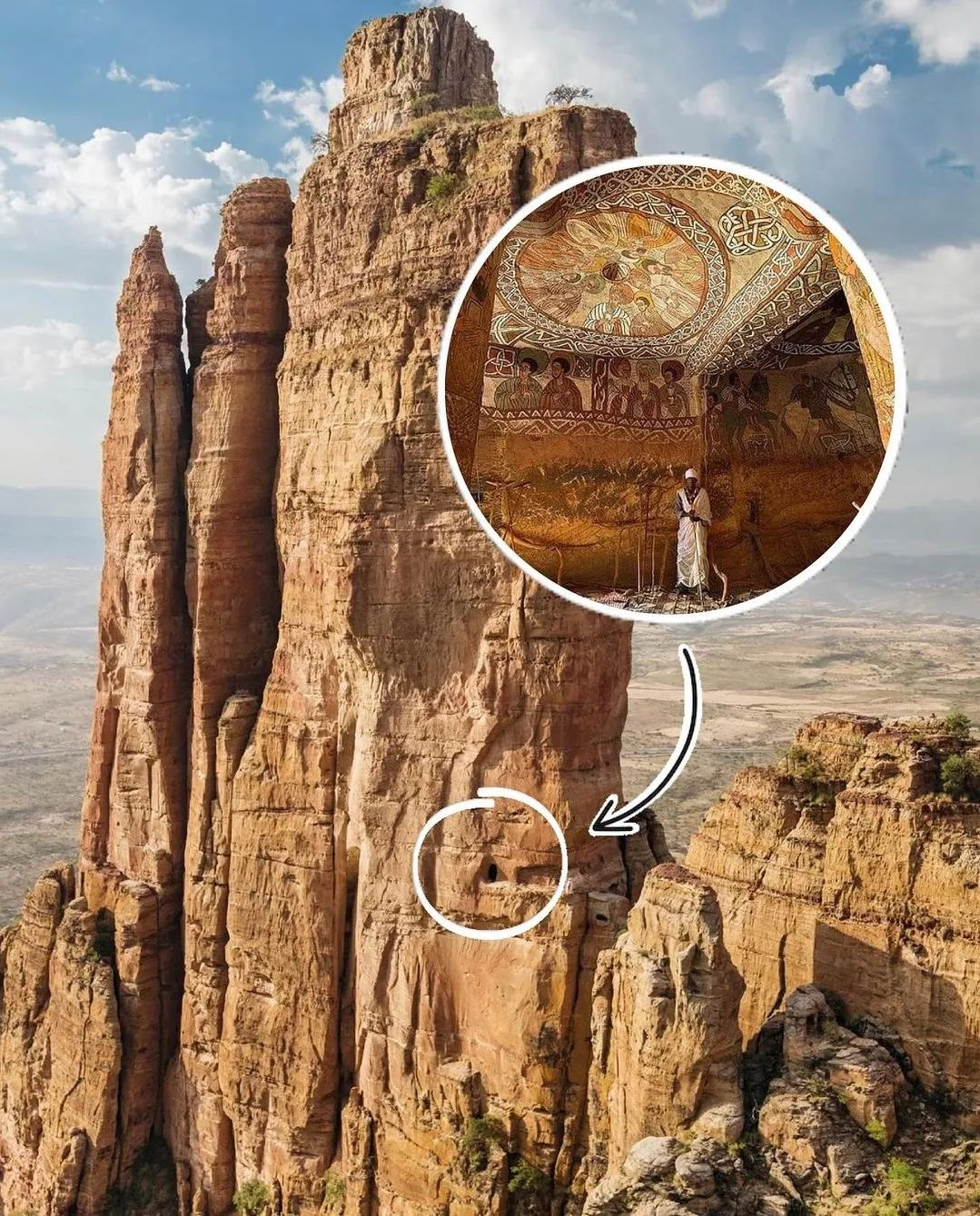
Abuna Yemata Guh is a monolithic church located in the Hawzen woreda of the Tigray Region, Ethiopia. It is situated at a height of 2,580 metres (8,460 ft).
It is suggested that this church was built in the 6th century. Not much is known about it. The paintings in the church are original and the dry air and lack of humidity have preserved them.
To access it, a person needs to climb a steep cliff with hand and feet holes carved into it. It is one of 35 churches in Ethiopia that is built into a high place like this.
-
NASA rover finds strange dragon bone-looking Mars rocks

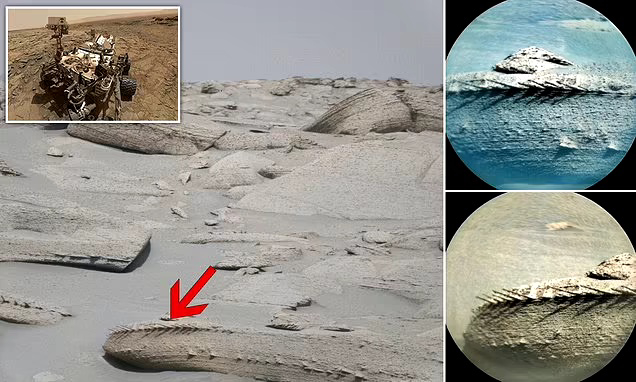
On April 1 2023 NASA’s Curiosity rover uncovered a bizarre-looking rock formation, a images of what closely resembles dragon bones.
Curiosity successfully landed in Gale Crater on Mars on August 6, 2012, as the largest and most capable rover at the time. Since, it’s made numerous breakthroughs, such as discovering evidence of past water on Mars, as well as organic molecules that are essential for life. Both being huge first steps in finding out if Mars once had life.
Although its declining condition and the launch of the more advanced Perseverance rover have put Curiosity’s heyday behind the 11-year-old robot, it continues to capture our imagination with rock formations that look all to familiar.
"In 20 years of studying Mars, that’s the most bizarre rock I have ever seen", said Nathalie Cabrol, prominent Astrobiologist, and TED speaker. She explains that the structure gained its unique ripples “after lots of erosion,” presumably from wind.
-
A journey through wood
Video
Click to view this content.
WoodSwimmer is a new short film by engineer and stop-motion animator Brett Foxwell, who has built armatures for films such as Boxtrolls and Star Wars: The Force Awakens. Created in collaboration with musician and animator bedtimes, the work follows a piece of raw wood through a milling machine, capturing its unique growth rings, knots, and weathered spots through a series of cross-sectional photographic scans. Due the speed at which the images are animated, the log’s grains begin to flow like granules of sand—shifting, mixing, and flowing in a vibrant dance that seems completely removed from its rigid material.
“Fascinated with the shapes and textures found in both newly-cut and long-dead pieces of wood, I envisioned a world composed entirely of these forms,” Foxwell told Colossal. “As I began to engage with the material, I conceived a method using a milling machine and an animation camera setup to scan through a wood sample photographically and capture its entire structure. Although a difficult and tedious technique to refine, it yielded gorgeous imagery at once abstract and very real. Between the twisting growth rings, swirling rays, knot holes, termites and rot, I found there is a lot going on inside of wood.”
-
A flock of bats encircling and eating a swarm of insects (edit: sadly is vfx)
Video
Click to view this content.
-
Oldest bonsai in the world


The Bonsai in the picture is a 3.5 mt (10 feet) Ficus retusa linn that's over 1000 years old. It is also known as the Crespi Ficus, because it is exhibited at the entrance of the Crespi Bonsai Museum in Milan, Italy. The owner of this museum, Luigi Crespi, fought for decades for this unique Bonsai tree, and finally got ownership in 1986.
This tree was carefully crafted by the Chinese masters, and once it got to Italy it was properly taken care of by a man called Shotaro Kawahara, a Bonsai master from Japan who carefully pruned the tree to maintain its shape.
Though there were negotiations between China and Italy about the ownership of this Ficus Bonsai tree, Italy managed to keep its prized Bonsai beauty!
-
Behold the Erdapfel, the World's Oldest Surviving Globe [1492]
www.atlasobscura.com Behold the Erdapfel, the World's Oldest Surviving GlobeIt's got the beauty, but not the brains.
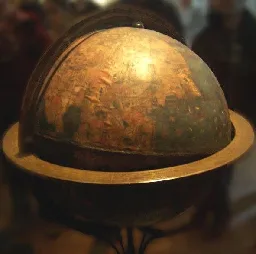
-
Zebroid - a crossbred of a zebra and a horse. The zebra pattern just stops at random places.
dinoanimals.com Zebroid - a crossbred of a zebra and a horse | DinoAnimals.comZebroids are treated as a major attraction of zoos. From this article, you will learn many interesting things about these extraordinary hybrids.
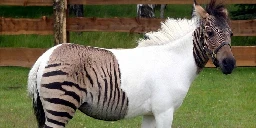
-
Polydactyly

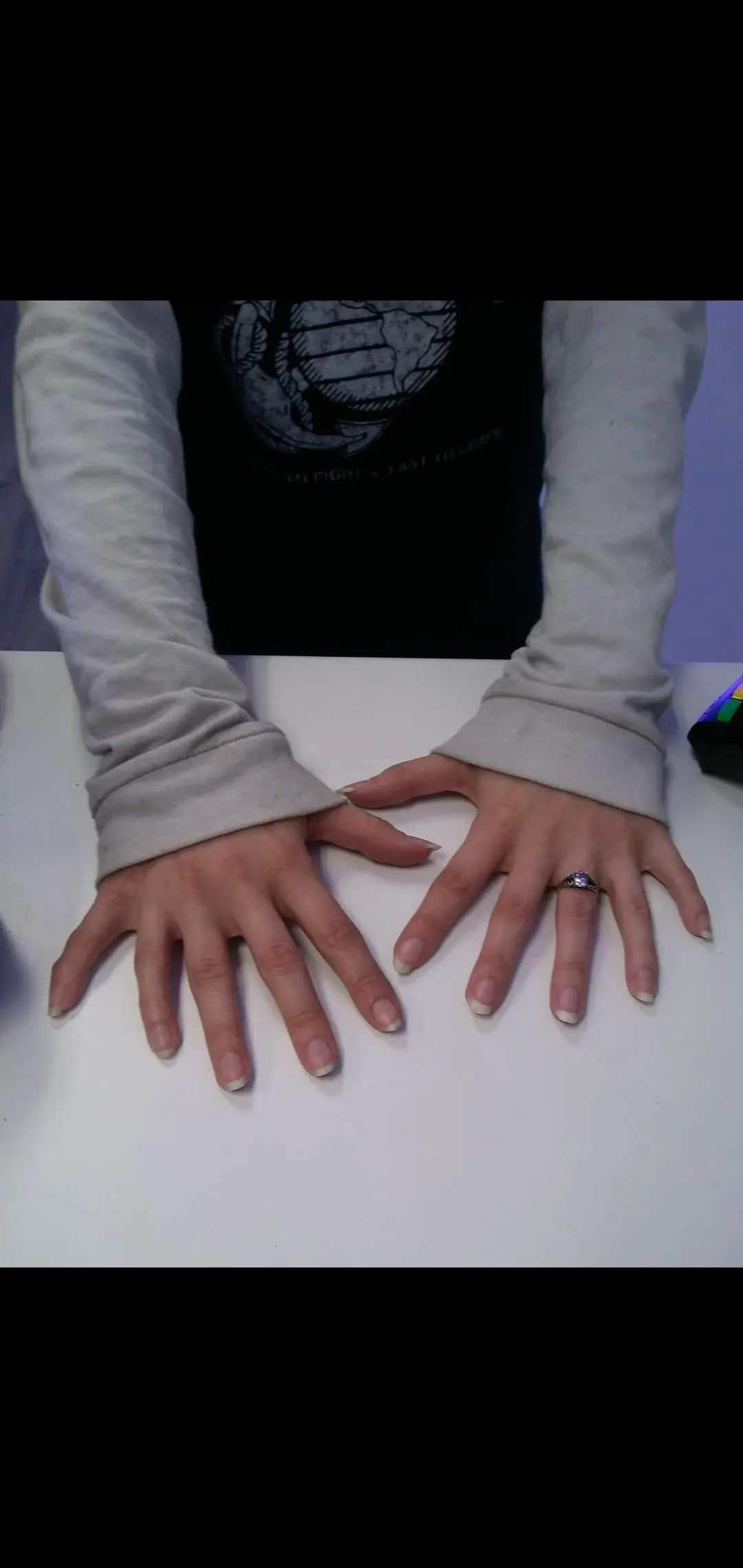
Polydactyly or polydactylism (from Greek πολύς (polys) 'many', and δάκτυλος (daktylos) 'finger'), also known as hyperdactyly, is an anomaly in humans and animals resulting in supernumerary fingers and/or toes.
-
Bear-hunting suit from the 1800s

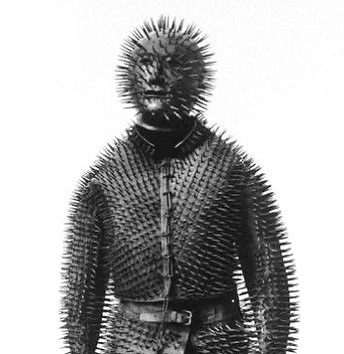
The armor now resides at a museum called the Menil Collection in Houston, Texas. The museum consists of collected artifacts and the private art of the Menil family.
-
The proverbial “Eye of the Storm” seen from space


What a typhoon looks like from space (Typhoon Trami, 2018).
Credit: ISS, ESA/NASA-A.Gerst
-
The original Michelin Man


Bibendum commonly referred to in English as the Michelin Man is the official mascot of the Michelin tire company. A humanoid figure consisting of stacked white tires, it was introduced at the Lyon Exhibition of 1894 where the Michelin brothers had a stand. He is one of the world's oldest trademarks still in active use. The slogan Nunc est bibendum ("Now is the time to drink") is taken from Horace's Odes. He is also referred to as Bib or Bibelobis.
While attending the Universal and Colonial Exposition in Lyon in 1894, Édouard and André Michelin noticed a stack of tires that suggested to Édouard the figure of a man without arms. Four years later, André met French cartoonist Marius Rossillon, popularly known as O'Galop, who showed him a rejected image he had created for a Munich brewery a large, regal figure holding a huge glass of beer and quoting Horace's phrase Nunc est bibendum. André immediately suggested replacing the man with a figure made from tires, and O'Galop adapted the earlier image into Michelin's symbol.
The 1898 poster showed him offering the toast Nunc est bibendum to his scrawny Brand X competitors with a glass full of road hazards, with the title and tag C'est à dire : À votre santé. Le pneu Michelin boit l'obstacle. The character's glass is filled with nails and broken glass, implying that Michelin tires will easily take on road hazards.
Bibendum's shape has changed over the years. O'Galop's logo was based on bicycle tires, wore pince-nez glasses with lanyard, and smoked a cigar. By the 1960s, Bibendum was shown running, often rolling a tyre as well, and no longer smoked. In 1998, his 100th anniversary, a slimmed-down version of him (sans glasses) was adopted. reflecting the lower-profile, smaller tires of modern cars. A computer-animated version of Bibendum has appeared in American television ads, with a pet puppy similar in appearance to him.
-
Photographer finds Polar Bears that took over an abandoned building


In September 2021 A Russian photographer (Dmitry Kokh) captured a fascinating series of photos showing polar bears that took over the abandoned buildings of a meteorological station on an island between Russia and Alaska. The island is located in the Chukchi Sea, a marginal sea of the Arctic Ocean.
-
An osprey (𝘗𝘢𝘯𝘥𝘪𝘰𝘯 𝘩𝘢𝘭𝘪𝘢𝘦𝘵𝘶𝘴) carrying a bonnet head shark (𝘚𝘱𝘩𝘺𝘳𝘯𝘢 𝘵𝘪𝘣𝘶𝘳𝘰) in its talons


The osprey (Pandion haliaetus), also called sea hawk, river hawk, and fish hawk, is a diurnal, fish-eating bird of prey with a cosmopolitan range. It is a large raptor, reaching more than 60 cm (24 in) in length and 180 cm (71 in) across the wings. It is brown on the upperparts and predominantly greyish on the head and underparts.
The genus name Pandion derives from Pandíōn Πανδίων, the mythical Greek king of Athens and grandfather of Theseus, Pandion II. The species name haliaetus comes from Greek ἁλιάετος haliáetos "sea-eagle".
The osprey tolerates a wide variety of habitats, nesting in any location near a body of water providing an adequate food supply. It is found on all continents except Antarctica, although in South America it occurs only as a non-breeding migrant.
As its other common names suggest, the osprey's diet consists almost exclusively of fish. It possesses specialised physical characteristics and unique behaviour in hunting its prey. Its unique characteristics classify it in its own taxonomic genus, Pandion, and family, Pandionidae.
The osprey has several adaptations that suit its piscivorous lifestyle:
- reversible outer toes
- sharp spicules on the underside of the toes
- closable nostrils to keep out water during dives
- backward-facing scales on the talons which act as barbs to help hold its catch
- dense plumage which is oily and prevents its feathers from getting waterlogged.

